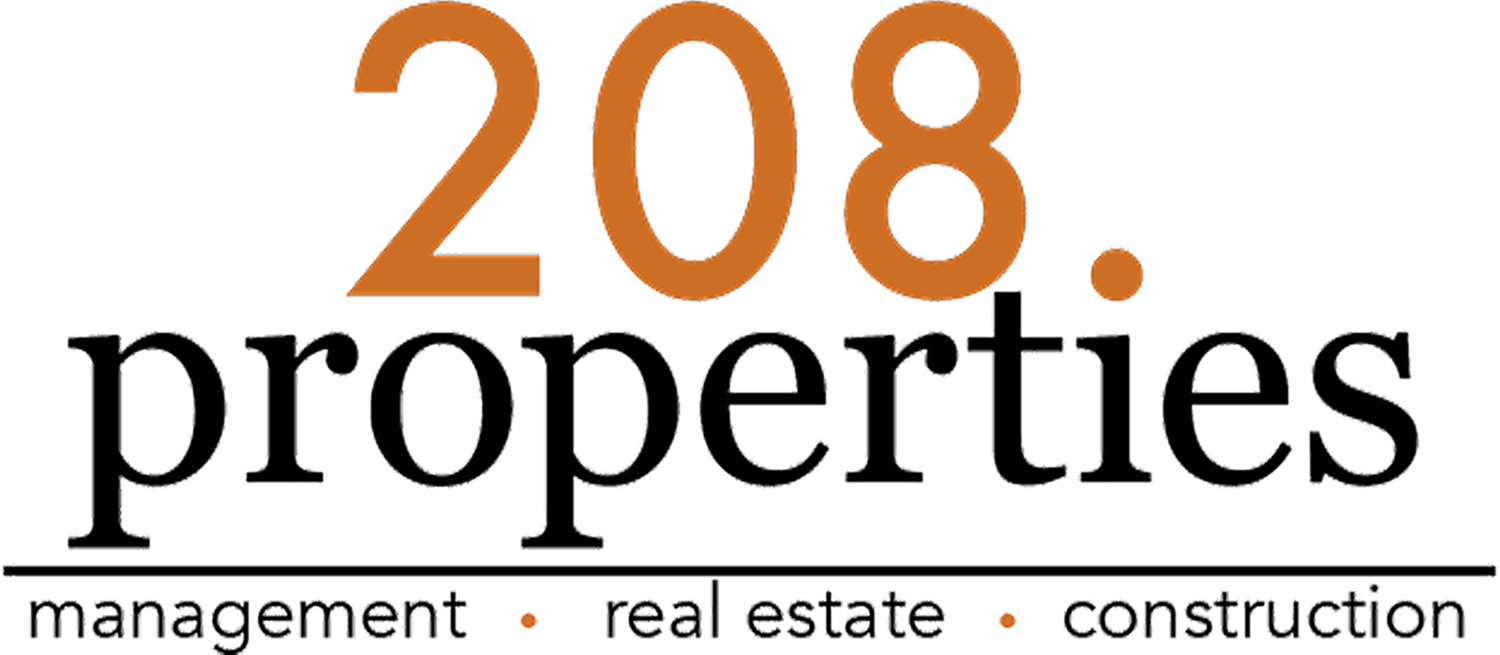Maximize Tax Savings: Section 179 & Bonus Depreciation
As the year comes to a close, savvy business owners turn their attention to tax planning strategies that can reduce their tax liability and improve cash flow. Two of the most impactful tools available to businesses in 2024 are Section 179 and Bonus Depreciation. Understanding how these deductions work can help you make smarter purchasing decisions and keep more money in your business.
What is Section 179?
Section 179 of the IRS tax code allows businesses to deduct the full cost of qualifying equipment and software purchased or financed during the tax year. Instead of spreading the depreciation over several years, you can write off the entire cost in the year the asset is placed into service.
In 2024, the maximum deduction limit under Section 179 is $1,160,000, with a phase-out threshold of $2,890,000. This means once your total qualifying purchases exceed $2,890,000, your deduction will reduce dollar-for-dollar until it phases out completely at $4,050,000.
Qualifying Purchases
Section 179 applies to:
Equipment and machinery used for business.
Business vehicles (weighing over 6,000 lbs gross vehicle weight).
Office furniture and fixtures.
Computer software.
Improvements to non-residential property (e.g., HVAC systems, alarm systems).
What is Bonus Depreciation?
Bonus Depreciation complements Section 179 but is slightly different. It allows businesses to write off a large percentage of an asset’s cost upfront, even if they exceed the Section 179 spending limit.
In 2024, Bonus Depreciation covers 80% of the cost of qualifying assets. The percentage has dropped from the 100% bonus available in recent years, as it’s part of a phased reduction set to reach 0% by 2027 unless Congress makes changes.
Key Differences Between Section 179 and Bonus Depreciation
Limitations: Section 179 has a cap on the total deduction and a phase-out limit, while Bonus Depreciation has no spending limit.
Flexibility: Section 179 allows businesses to pick and choose which assets to deduct, whereas Bonus Depreciation requires all qualifying purchases in a category to be treated consistently.
New vs. Used: Both allow deductions for new and used equipment, provided the used equipment is new to you.
How to Maximize Both in 2024
To take full advantage of these tax benefits, consider these strategies:
1. Plan Your Purchases Strategically
Review your business’s equipment and software needs. If you’re planning to expand or upgrade, making these purchases before December 31, 2024, can lock in deductions for this tax year.
2. Combine Section 179 and Bonus Depreciation
Use Section 179 to deduct smaller purchases up to the limit, and apply Bonus Depreciation to larger investments that exceed the Section 179 cap. For example, if you purchase $2,000,000 worth of equipment, you could claim $1,160,000 under Section 179 and apply 80% Bonus Depreciation to the remaining $840,000.
3. Assess Your Cash Flow
While these deductions can lower your tax bill significantly, they don’t impact actual cash flow immediately. Ensure your business can handle the upfront cost of new equipment.
4. Consult a Tax Professional
Tax laws are complex, and making mistakes can be costly. A tax advisor can help you navigate eligibility, determine the best strategy, and ensure compliance with IRS requirements.
The Bottom Line
Section 179 and Bonus Depreciation are powerful tools to help businesses reduce taxable income and reinvest in growth. By understanding the rules and deadlines for these deductions, you can make informed decisions that benefit your business now and in the years to come.
Start planning now to maximize your savings for the 2024 tax year. Your bottom line will thank you!







